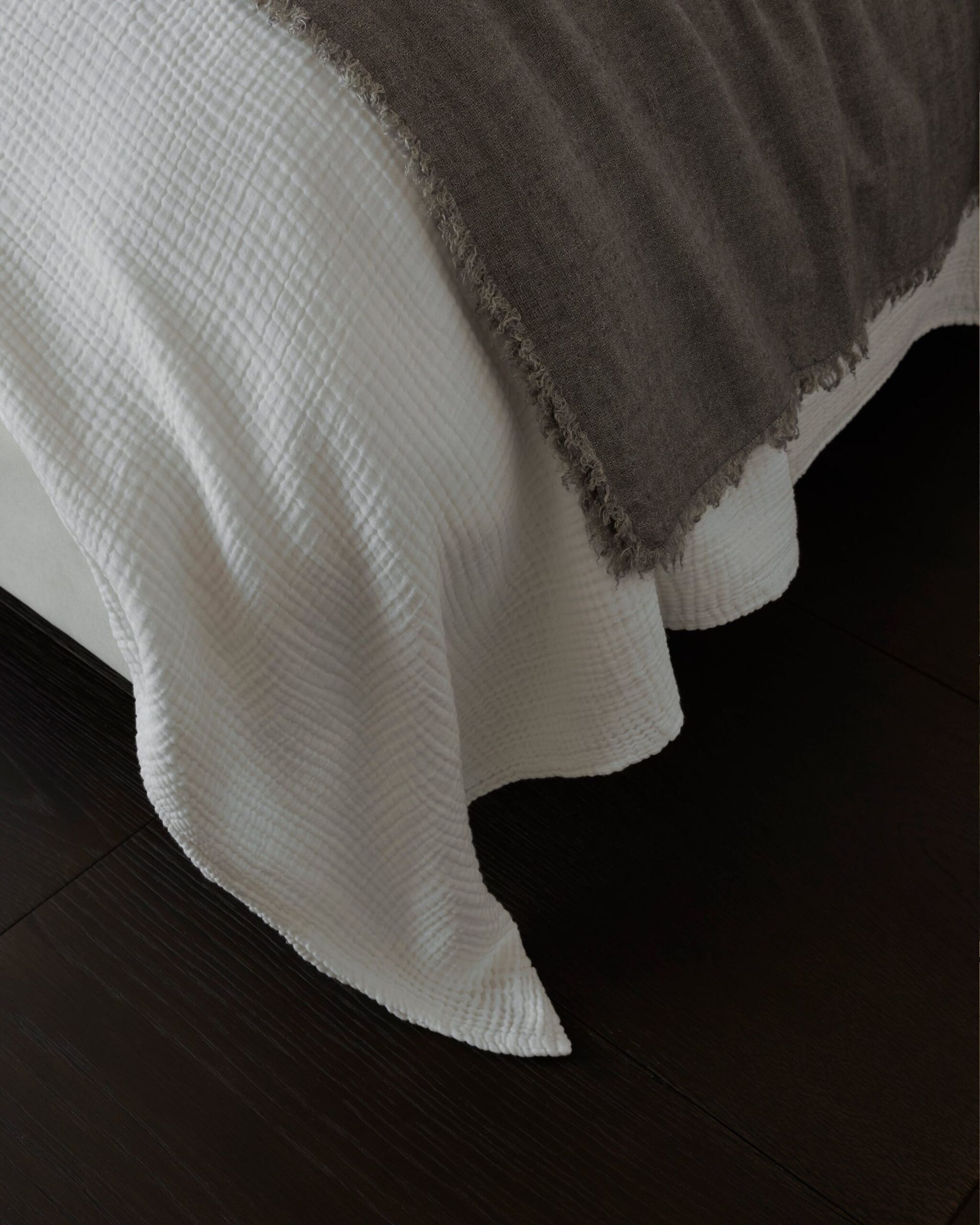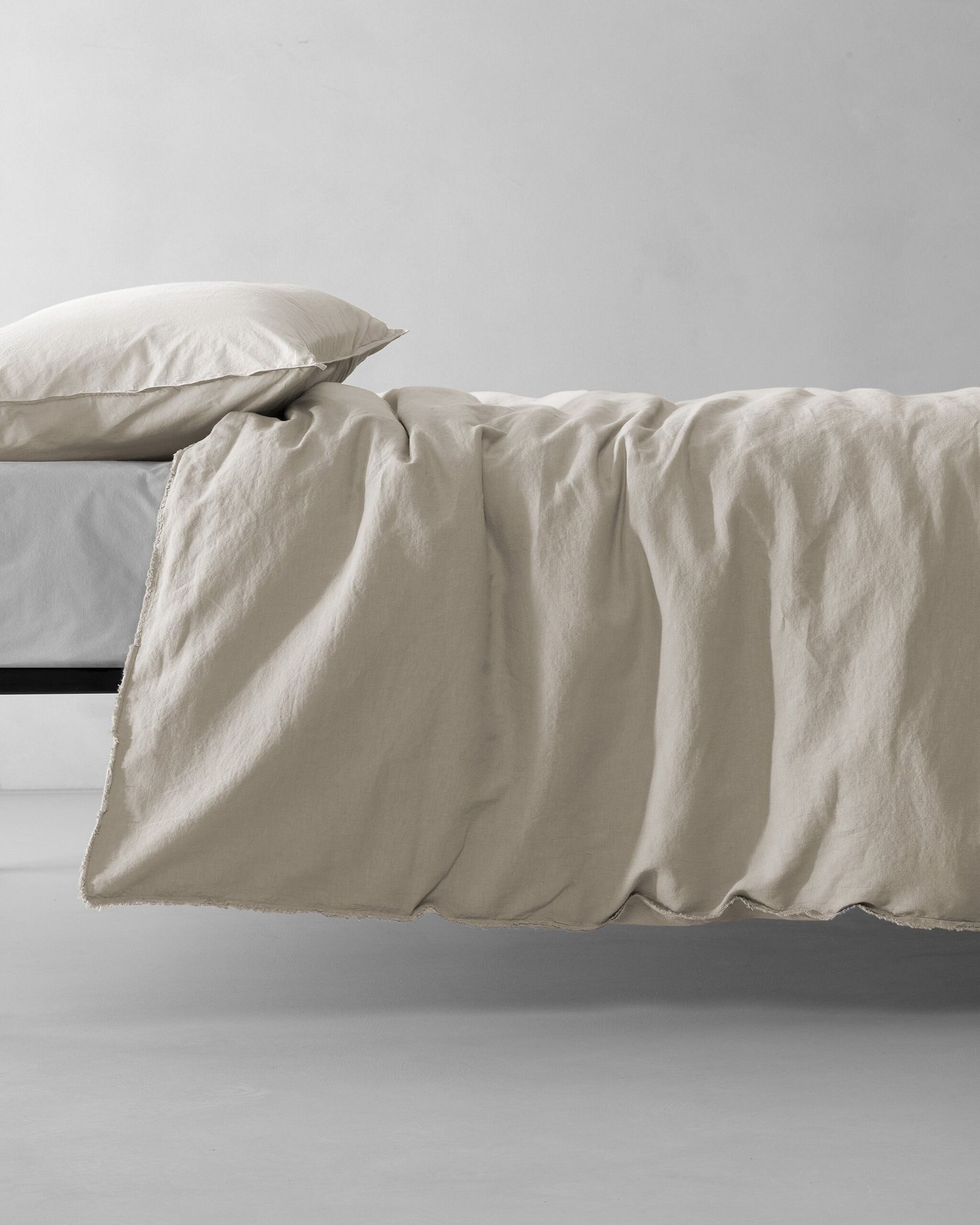Exploring the Essence of Affordable Luxury at CheapLinens.com
In an era where comfort meets affordability, CheapLinens.com emerges as a beacon for those seeking stylish yet budget-friendly bedding solutions. From linens to duvet covers, this platform caters to a wide array of tastes and preferences, demonstrating that luxury doesn’t always have to come with a hefty price tag. In this article, we will dive deep into the world of linens, exploring their historical significance, the evolution of bedding, and the modern-day offerings available at CheapLinens.com.
The Allure of Linens: A Journey Through Time
Historically, linens have played a pivotal role in domestic life across cultures, symbolizing hospitality and comfort. The use of linen dates back to ancient civilizations, where it was woven from flax fibers and utilized for garments, tablecloths, and bedding. This fabric, known for its durability and breathability, has maintained its status as a household essential for centuries.
As society evolved, so did the perception of linens. In the 18th and 19th centuries, fine linens became a reflection of social status, with elaborate bedding sets adorning the boudoirs of the elite. However, with the rise of industrialization and modern textile manufacturing, high-quality linens became accessible to the masses. Today, they are not merely functional items but are embraced for their aesthetic appeal and comfort.
The Modern-Day Linen Revolution
In the contemporary market, linen products have been reimagined to fit diverse lifestyles and preferences. At CheapLinens.com, the focus is on offering a curated selection of high-quality linens that cater to all budgets. Here, we spotlight some of the standout offerings that encapsulate the essence of affordable luxury.
Organic Relaxed Linen Pillowcases
One of the finest examples of quality bedding available at CheapLinens.com is the Organic Relaxed Linen Pillowcases. Crafted from luxurious French linen, these pillowcases provide breathability and natural temperature control, ensuring a restful night’s sleep. The garment-washed fabric enhances their softness, while the low-impact dyes used in production make them an eco-friendly choice. Priced at $128.00, they blend sustainability with everyday comfort, making them an irresistible addition to any bedding ensemble.

A Closer Look at Key Historical Figures in Linen Production
Throughout history, several individuals have played significant roles in the evolution of linen production, contributing to both its functionality and artistry. Here, we highlight three key figures from different eras:
1. John Kay (1704-1764)
John Kay was an English inventor known for his creation of the flying shuttle in 1733. This innovation revolutionized the weaving process, allowing for faster production of linen and other textiles. By facilitating broader fabric widths, Kay’s invention paved the way for the mass production of linens, making them more accessible to the general public.
2. William Lee (1563-1614)
An English inventor, William Lee developed the first knitting machine in 1589. While this machine primarily focused on wool, its principles were later adapted for linen production, enhancing the speed and efficiency of creating linen garments. Lee’s innovation contributed to the textile industry’s growth, allowing linens to transition from luxury items to everyday essentials.
3. Libeco’s Founders (Established in 1858)
In the 19th century, the founders of Libeco established a linen weaving mill in Belgium, emphasizing quality and sustainability. Over the years, Libeco has remained committed to eco-friendly practices, ensuring that every part of the flax plant is utilized in their products. Their dedication to craftsmanship has made them a leader in the linen industry, with their offerings exemplifying the luxurious qualities of linen.
Sustainable Choices for a Modern Lifestyle
Today, consumers are increasingly conscious of the environmental impact of their purchases. CheapLinens.com aligns with this trend by offering products that emphasize sustainability without sacrificing style. The range of options, including organic linens and those crafted from renewable materials, reflects a commitment to both comfort and environmental responsibility.
For instance, consider the Free New Bedcover. Made from 100% cotton voile, it is lightweight and airy, perfect for summer nights when a cozy layer is desired without the weight. Priced at $775.00, this bedcover showcases the beauty of natural fibers while maintaining a commitment to sustainable practices.

Conclusion: Embracing Comfort and Style
As we navigate the complexities of modern living, the importance of comfort and style in our homes cannot be understated. CheapLinens.com serves as a reminder that luxury is not solely defined by price but can be achieved through thoughtful choices that prioritize quality, sustainability, and personal expression. With a diverse range of products that reflect these values, consumers can create their own sanctuary of style and comfort, proving that elegance and affordability can indeed coexist.
In conclusion, as you explore the offerings of CheapLinens.com, consider how each piece can enhance not only the aesthetics of your home but also your overall quality of life.


